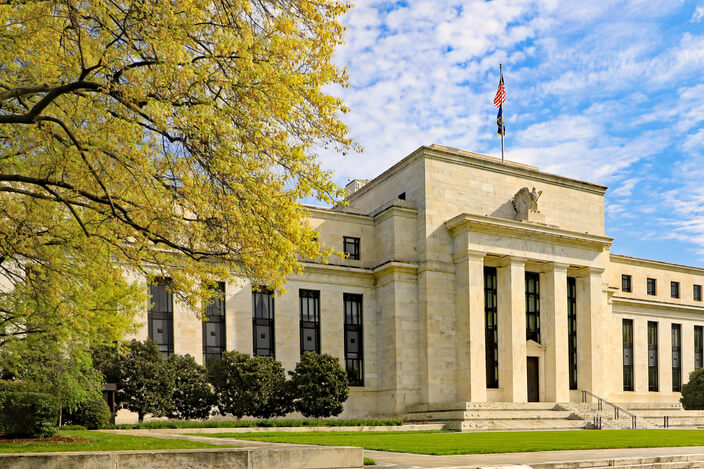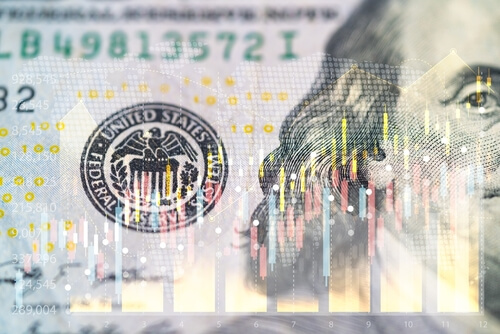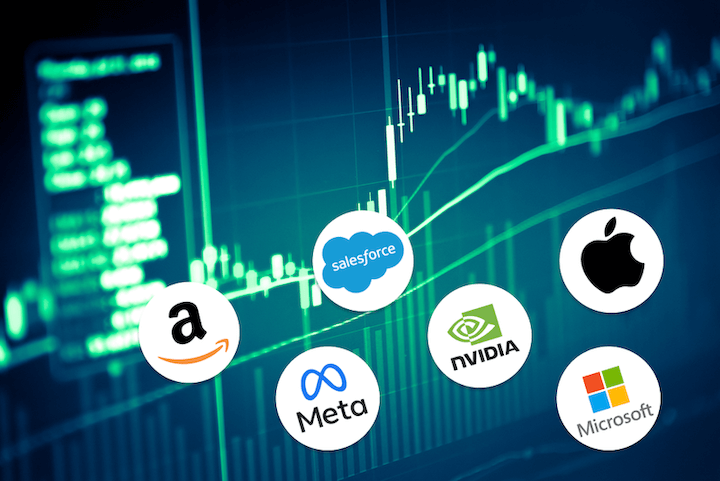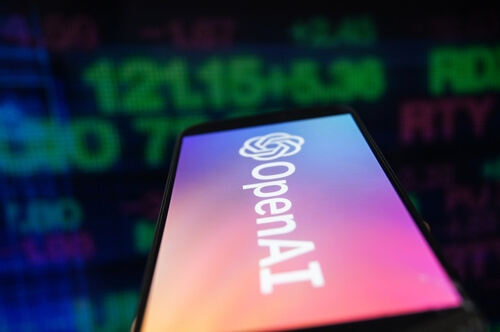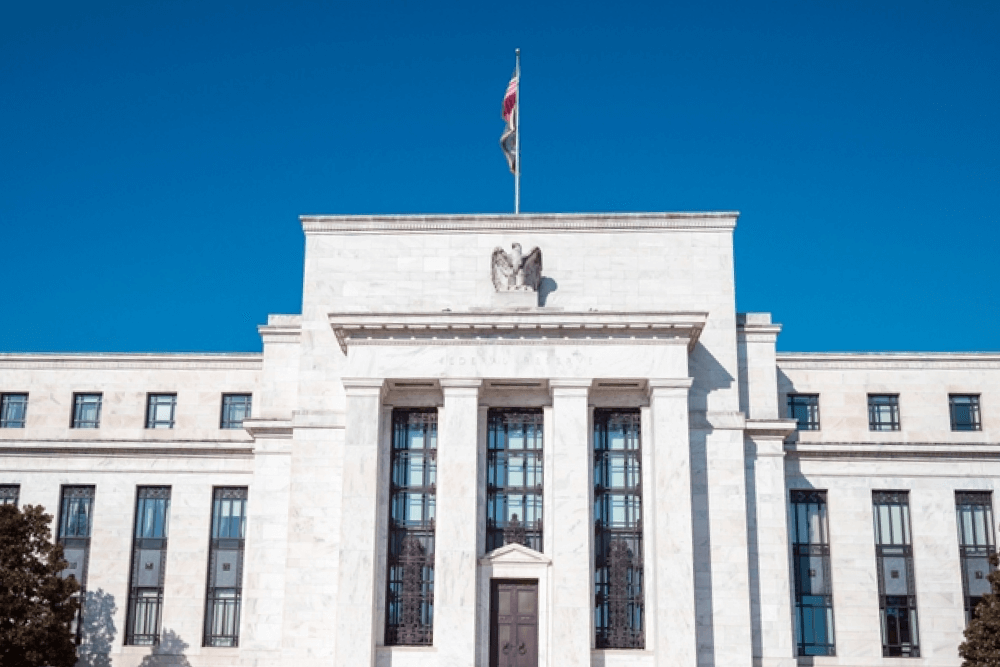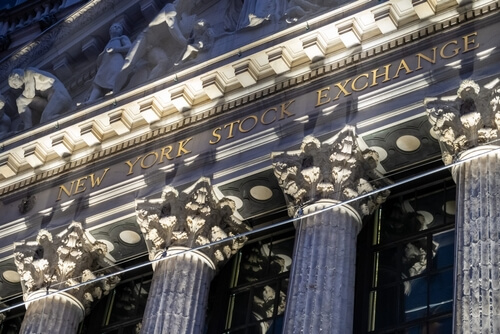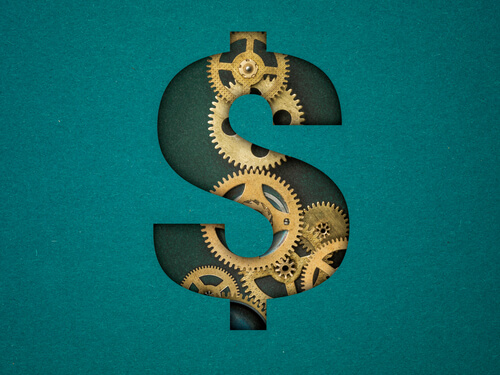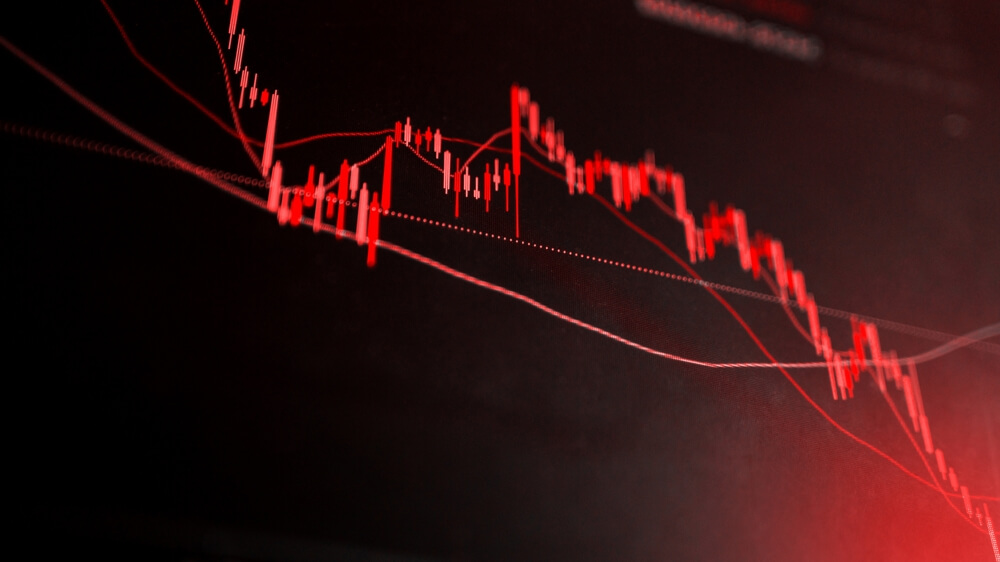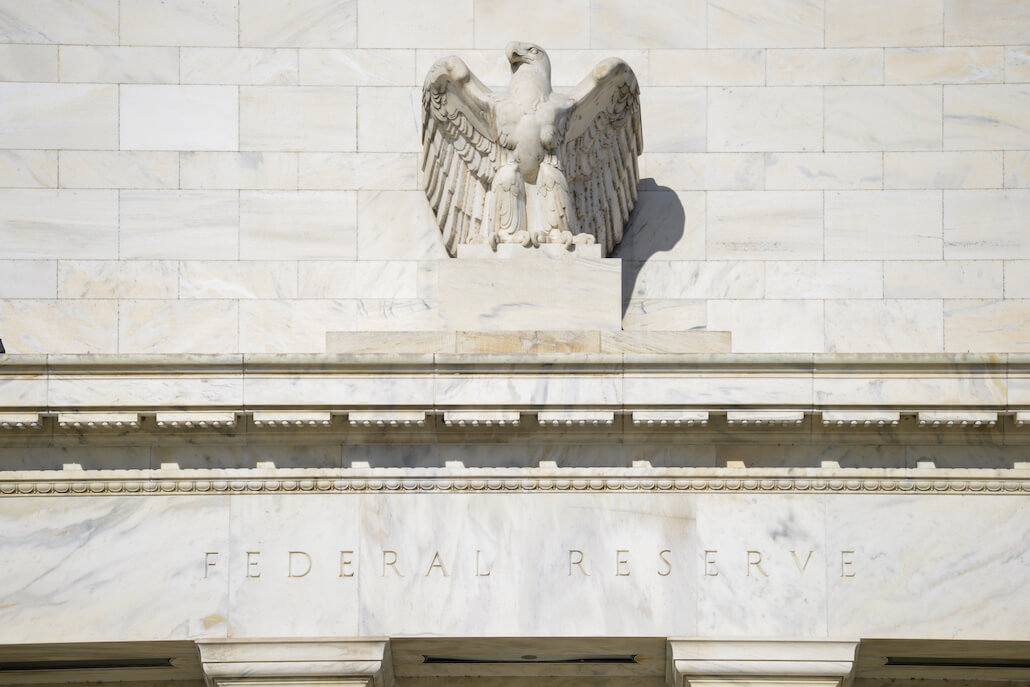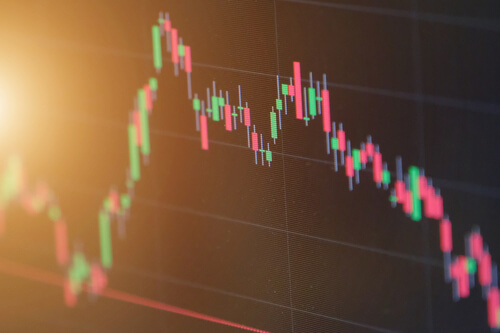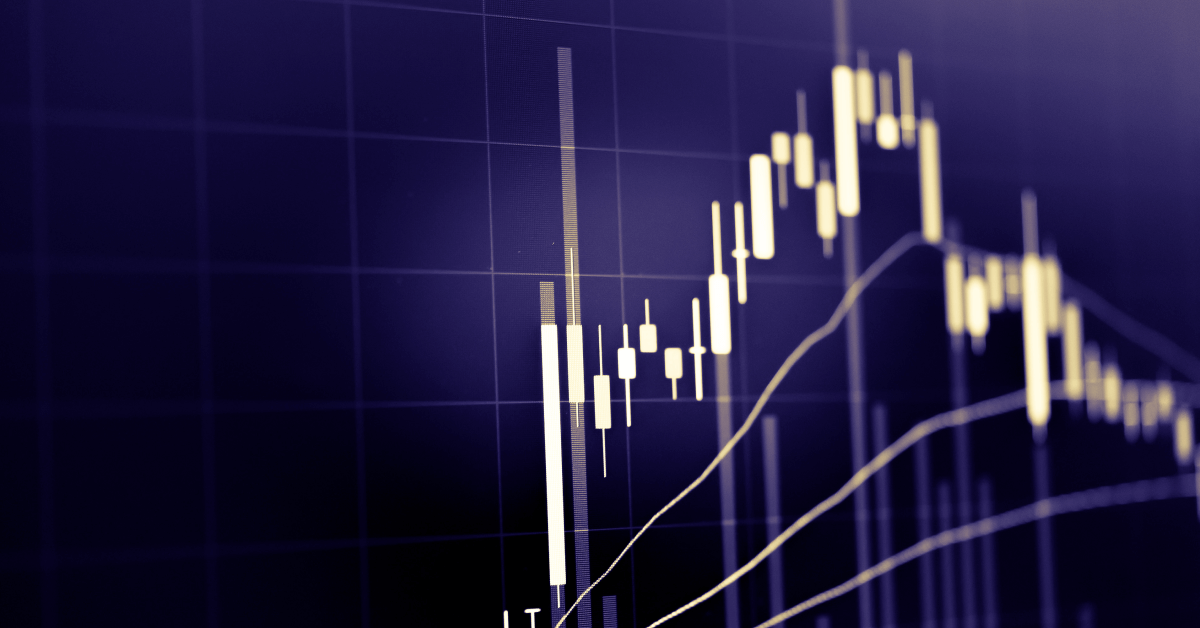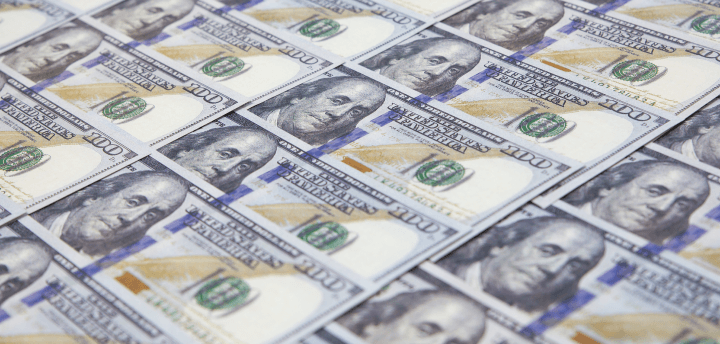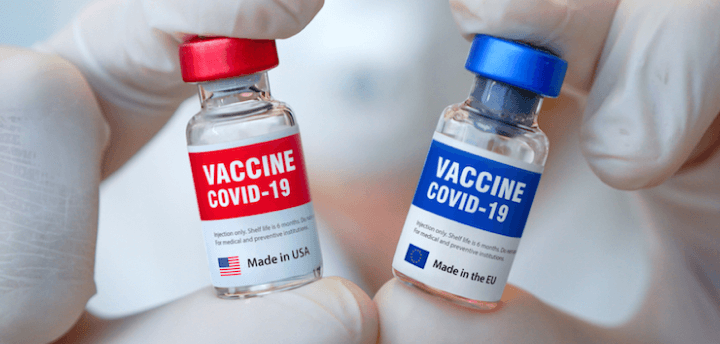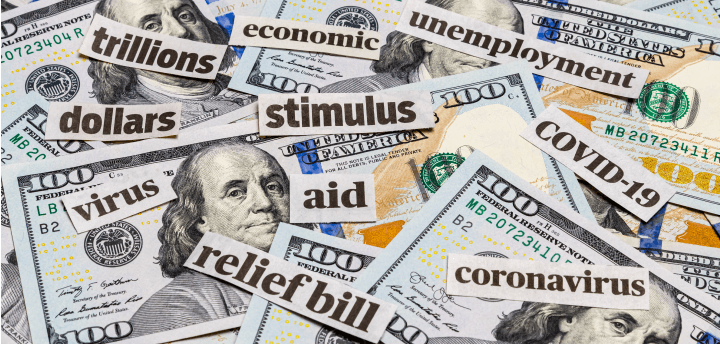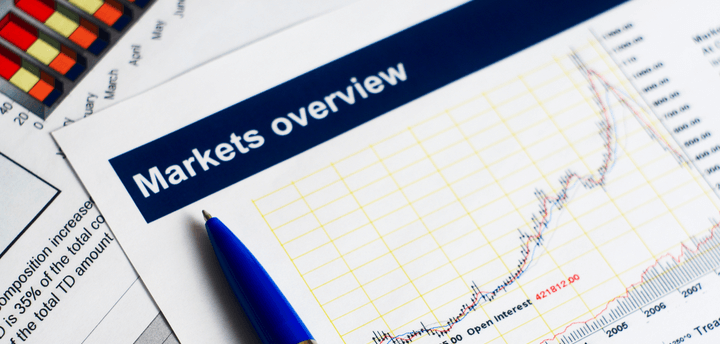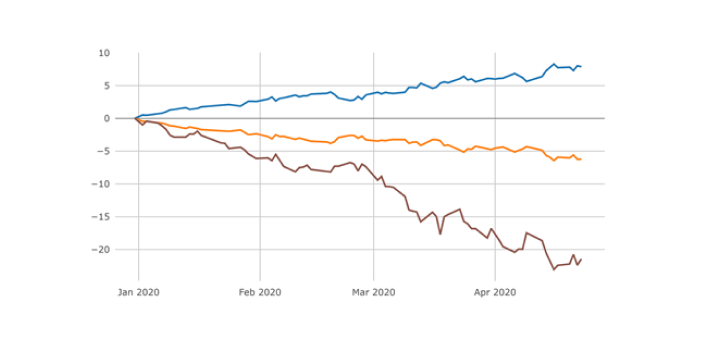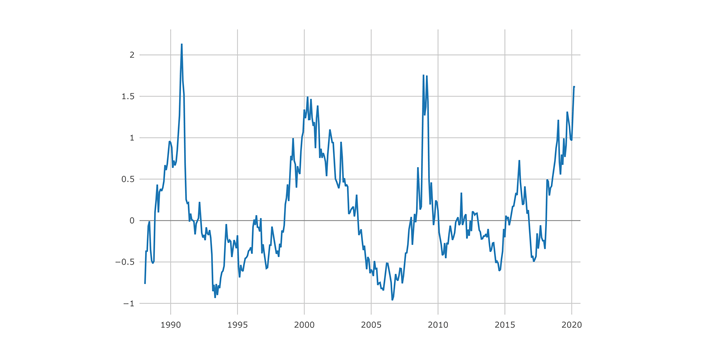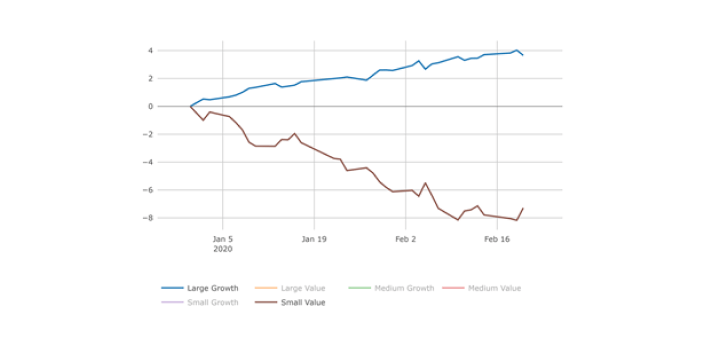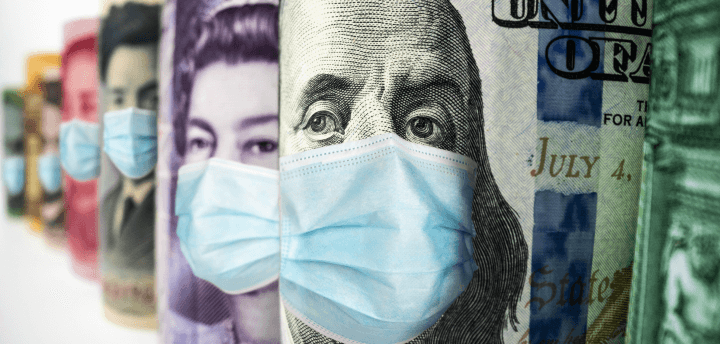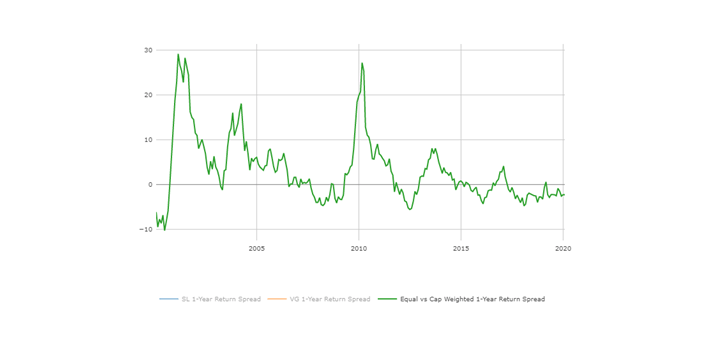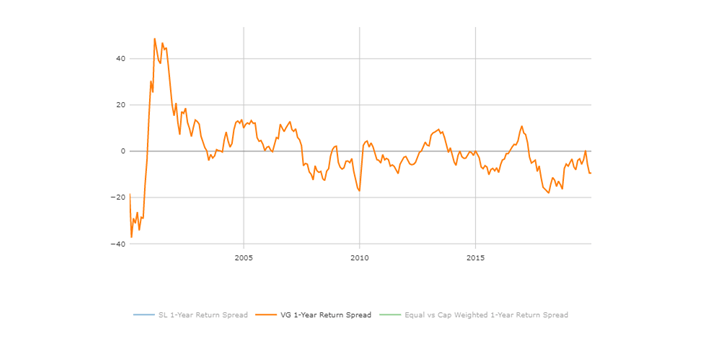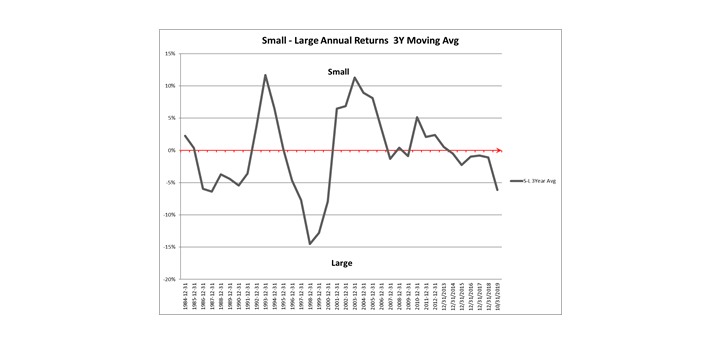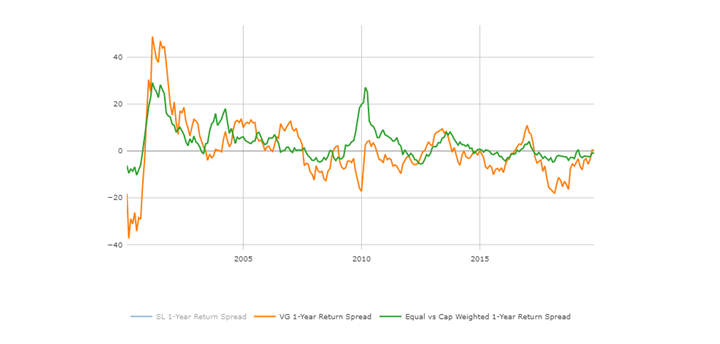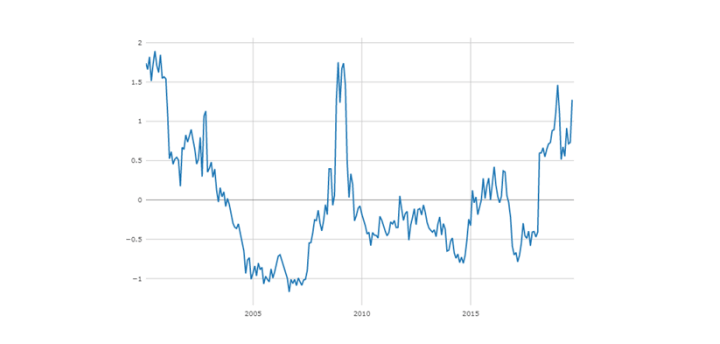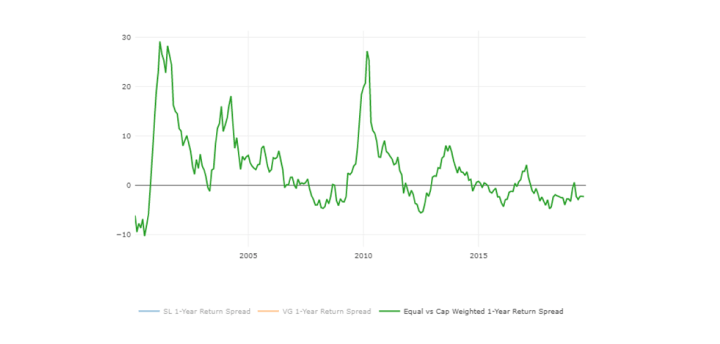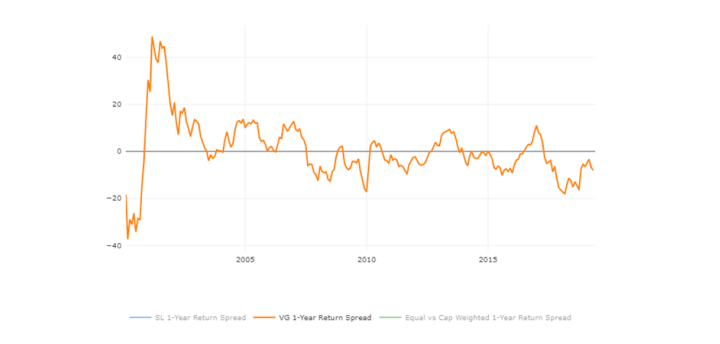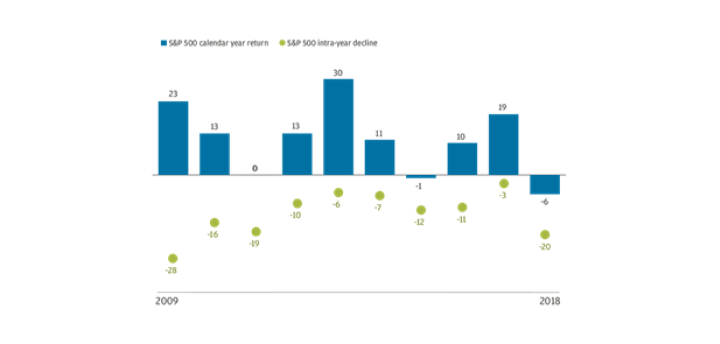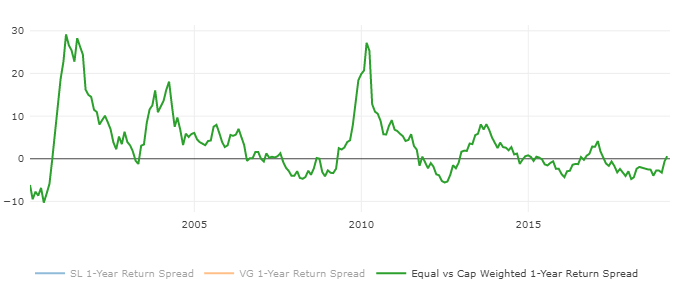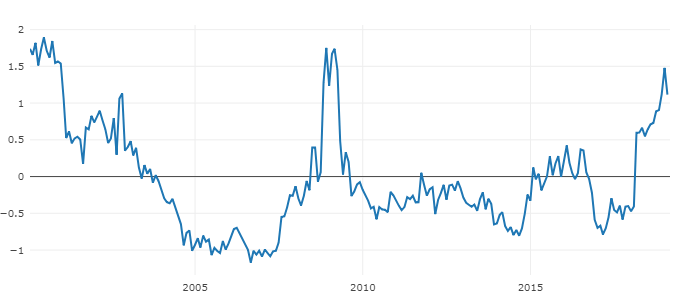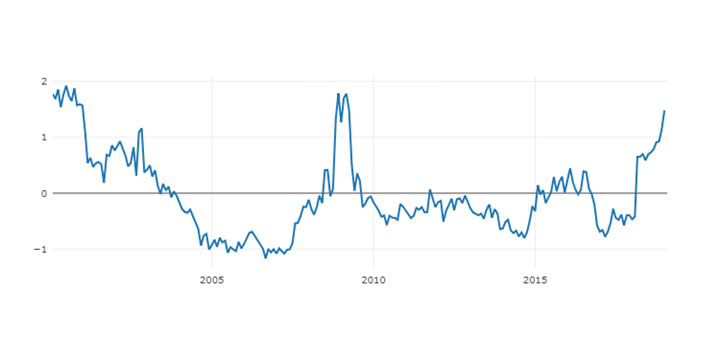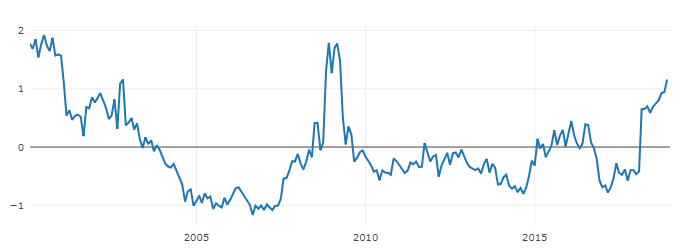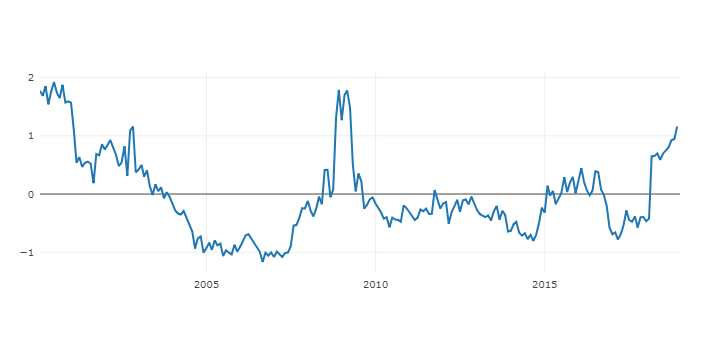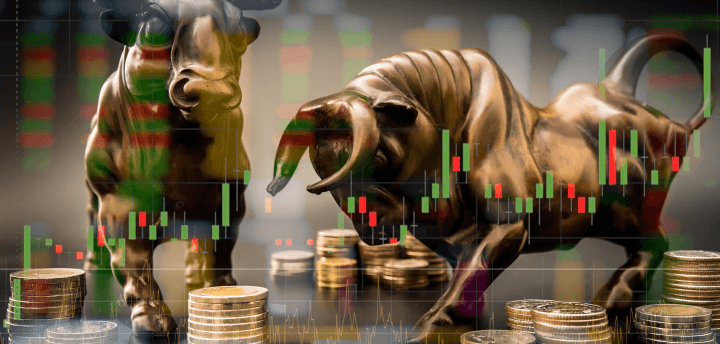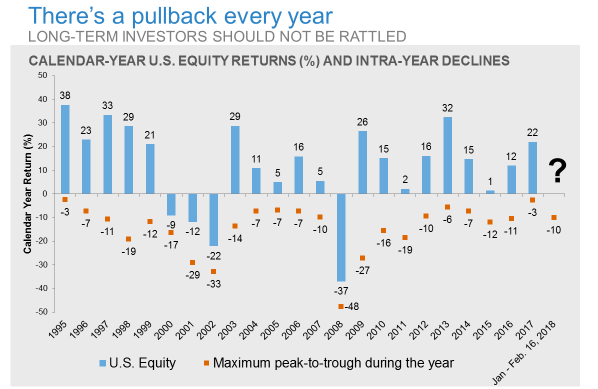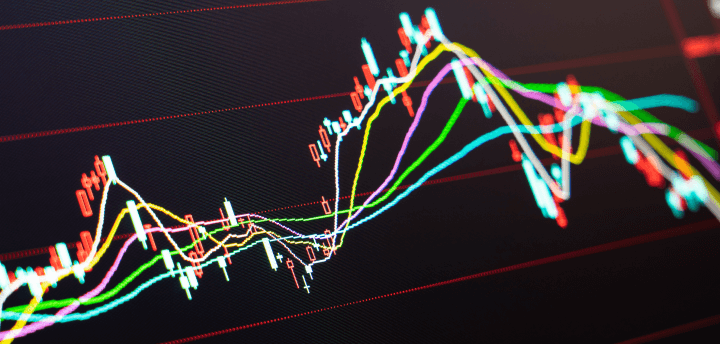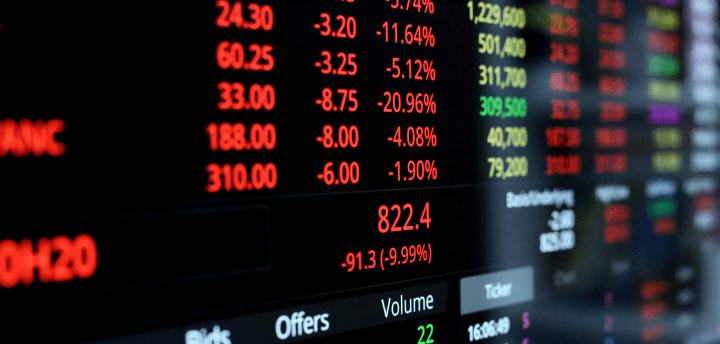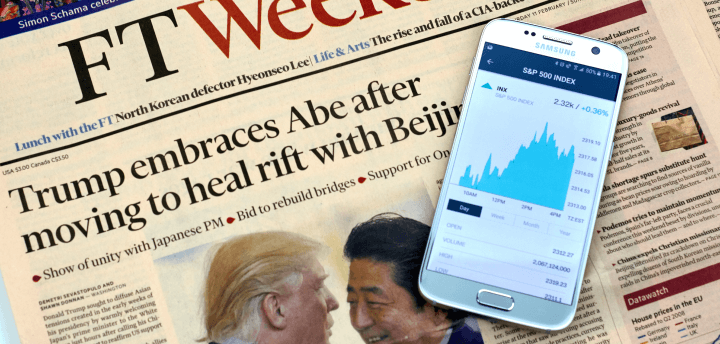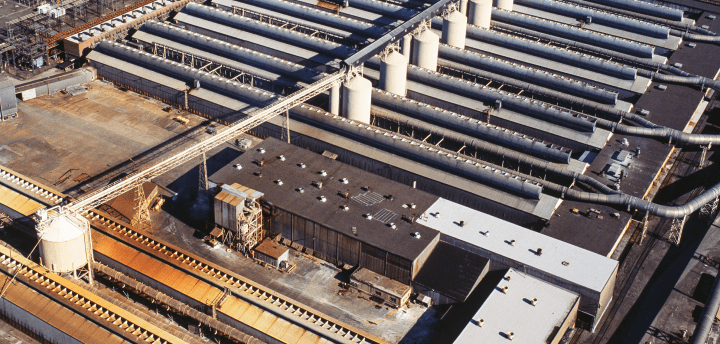Market Overview
Volatility is back and, judging by our Macro forecast, may be with us for some time. Volatility is not bad in itself, but it can provoke behavioral mistakes. We encourage our clients to pay attention to longer term trends. The US and Global economies are sound, inflation pressures appear contained, the labor market remains strong, corporate earnings are solid, and interest rates are rising only gradually.
US Economics
While consumer spending slowed in the first quarter, industrial output rose. Recent reports show little change in retail sales during February and modest month-to-month slippage in housing starts and building permits, but impressive strength in industrial production and factory utilization. The overall direction of the economy is still positive with consumers likely to warm up to more purchases after a cold winter. In all, lower tax bills, generally stable real estate values, solid job growth, and modestly higher interest rates for savers should help retailers for the rest of the year.
Global Economy
Following a rosy 4Q17 in the global goods sector, there has been a downshift in this segment of activity since the start of the year. The Euro area posted the most notable setback in March. Still, global industry is tracking a substantial 3.7% annual gain this quarter—aided in part by what appears to be a sizable inventory build in response to strong past and projected final goods demand. According to JP Morgan, as long as the PMI holds at its current projected March level of 53.5, this would be consistent with global industry growing a vigorous 3.5% annualized in coming months. On the demand side, consumer spending growth is slowing down this quarter after the very strong 4Q17. However, spending is still well-supported by buoyant labor markets, elevated household wealth, expansion-high confidence, and still-to-come US tax cut effects. Fundamentals for the business sector also remain very impressive. Profits, the key to the capex recovery last year, actually appear to have accelerated through 4Q17 and to have done so broadly across regions and sectors.
Tariffs and Trade Wars
In March the US announced the following: a 25% tariff on at least $50bn of a yet-to-be determined list of imports from China in aerospace, information communication technology, and machinery; a WTO case against Chinese technology licensing practices; new restrictions on Chinese investment in the US in sensitive technology sectors. Per JP Morgan’s analysis, assuming a 25% tariff on $50bn of imported goods from China, the impact is quite modest and equivalent to 0.5% of total US imports, 0.6% of total China exports, and just 0.06% and 0.10% of US and China GDP, respectively. The risk here is a spillover onto a broader range of sectors and a resulting long-lasting impact on the future of the US-China trade relationship. The more immediate threat is that it damages the positive dynamic between confidence, financial markets, and real activity that has been instrumental to the powerful global growth upturn that began in mid-2016.
Probability of a Cyclical Bear Market is low
One would expect very low levels of unemployment and strong growth momentum to be accompanied by such risks as tighter monetary policy, a flatter yield curve and rising core inflation. But these remain subdued and without these risks rising, the prospect of a recession and ‘cyclical’ bear market is low, in our opinion.
Moreover, valuation is becoming less of a risk. According to Goldman Sachs’ the forward consensus PE for the MSCI AC World is back to its 1990 average and below its average ex-Tech. In other words, the global index forward PE is now back to its 30-year average. Valuations also need to reflect the impact of share buybacks. The total cash return (the dividend yield plus the buyback yield) has increased in most markets despite collapsing bond yields post the financial crisis. Free cash flow yields have also increased. Companies are generating higher cash flow with less traditional capital expenditure keeping profit margins and free cash flow yields at historically high levels. Companies with high Free Cash Flow have been rewarded by the market over this business cycle and we don’t expect this trend to discontinue. In our portfolios we pay extreme attention to having companies with healthy and most importantly steadily growing free cash flows.
The information and opinions included in this document are for background purposes only, are not intended to be full or complete, and should not be viewed as an indication of future results. The information sources used in this letter are: Jeremy Siegel, PhD (Jeremysiegel.com), Goldman Sachs, JP Morgan, Empirical Research Partners, Value Line, Ned Davis Research, Citi research and Nuveen.





